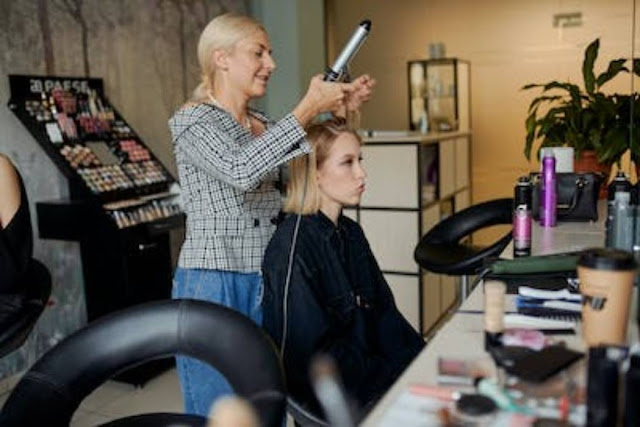Featured
- Get link
- X
- Other Apps
How Does Platelet Rich Plasma for Hair Regrowth Work?

Platelet-rich plasma (PRP) therapy has gained popularity as
a non-surgical treatment option for hair regrowth. This innovative procedure
utilizes the healing properties of platelets present in our blood to stimulate
hair follicles, promoting hair growth and improving hair density. PRP therapy
is a safe and effective solution for individuals experiencing hair loss or
thinning, and its mechanism of action is rooted in scientific principles.
To understand how PRP therapy works for hair regrowth, it is
important to grasp the concept of platelets and their role in the body's
healing process. Platelets are small, disc-shaped blood cells that are rich in
growth factors and other bioactive proteins. They play a critical role in blood
clotting and wound healing. When there is an injury, platelets are immediately
recruited to the site and release these growth factors to initiate the healing
cascade.
The idea behind PRP therapy for hair regrowth is to
concentrate and inject a high number of platelets into the scalp, specifically
in the areas where hair thinning or balding is evident. The procedure begins
with a blood draw from the patient, usually from the arm, which is then
processed to separate the platelets from other components of the blood, such as
red and white blood cells. This is typically done using a centrifugation
process, where the blood sample is spun at high speeds to separate its
constituents based on their density.
Once the platelets are concentrated, they are collected and
mixed with a small amount of plasma, resulting in platelet-rich plasma. This
PRP solution is then carefully injected into the scalp, targeting the areas
that require hair regrowth. The process is performed by a qualified healthcare
professional, such as a dermatologist or a plastic surgeon, who has experience
in administering PRP therapy.
Once the PRP is injected into the scalp, the platelets
release growth factors and other bioactive proteins, which initiate a series of
biological events. These growth factors have various roles in the hair regrowth
process. Firstly, they stimulate the proliferation and differentiation of cells
in the hair follicles, promoting the production of new hair strands.
Additionally, they enhance the blood supply to the hair follicles, ensuring
they receive a sufficient amount of oxygen and nutrients for optimal growth
The growth factors present in PRP also have
anti-inflammatory properties, which can be beneficial for individuals
experiencing hair loss due to inflammation-related conditions such as
androgenetic alopecia. By reducing inflammation in the scalp, PRP therapy helps
create a more favorable environment for hair growth.
Moreover, PRP therapy is believed to prolong the anagen phase of the hair growth cycle. The anagen phase is the active phase of hair growth when the hair follicles are actively producing new hair strands. By extending this phase, PRP therapy helps to increase the duration and density of hair growth.
It is important to note that PRP therapy for hair regrowth
is typically performed as a series of treatments rather than a one-time
procedure. The exact number of sessions may vary depending on the individual's
condition and the healthcare provider's recommendation. Generally, patients
receive multiple PRP treatments spaced several weeks apart to achieve optimal
results.
The efficacy of PRP therapy for hair regrowth has been
supported by various studies and clinical observations. However, it is
important to manage expectations as results can vary from person to person. PRP
therapy tends to work best for individuals in the early stages of hair loss or
those with mild to moderate hair thinning. It may not be as effective for
individuals with advanced hair loss or complete baldness.
Overall, PRP therapy for hair regrowth harnesses the healing
power of platelets to stimulate hair follicles, promote hair growth, and
improve hair density. By delivering concentrated growth factors to the scalp,
PRP therapy enhances cell proliferation, increases blood supply, reduces
inflammation, and prolongs the anagen phase of the hair growth cycle. With its
non-invasive nature and minimal side effects, PRP therapy has emerged as a
promising option for individuals seeking a safe and effective treatment for
hair loss.
- Get link
- X
- Other Apps
Popular Posts
High-Yield Agriculture and Sustainable Food Production
- Get link
- X
- Other Apps
Grasping the Advantages of Neurobion Strong point Tablets
- Get link
- X
- Other Apps

